- The Wallace Line
- Place Names
- Seabed
- Tectonic Plates
- Regions
- ZooGeography
Animal Distribution
- Tectonic Animation
- tigers
- primates
- rhinoceros
- rodents and bats
- marsupials
- woodpeckers
- hornbills
- kingfishers
- pittas
- megapodes
- parrots
- honeyeaters
- shorebirds and migrants
- goannas and monitors

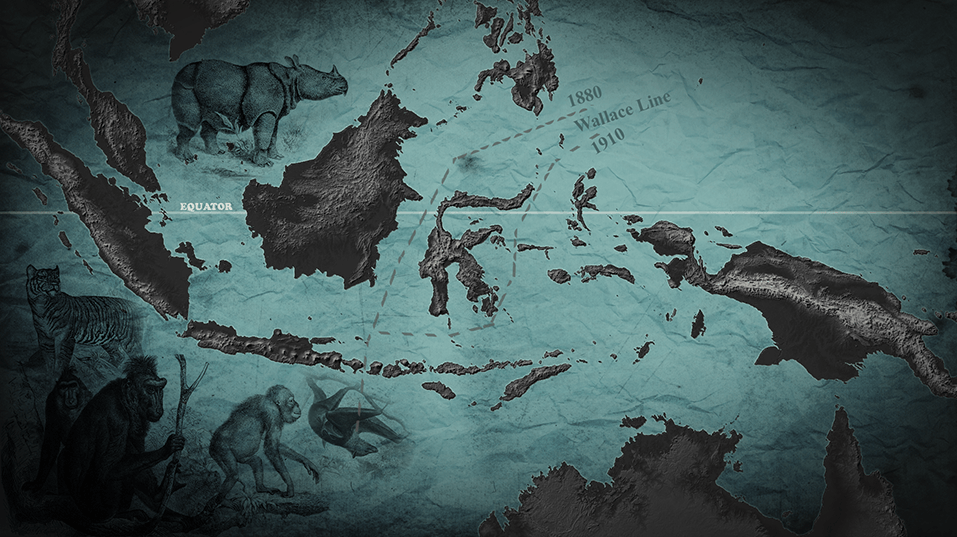


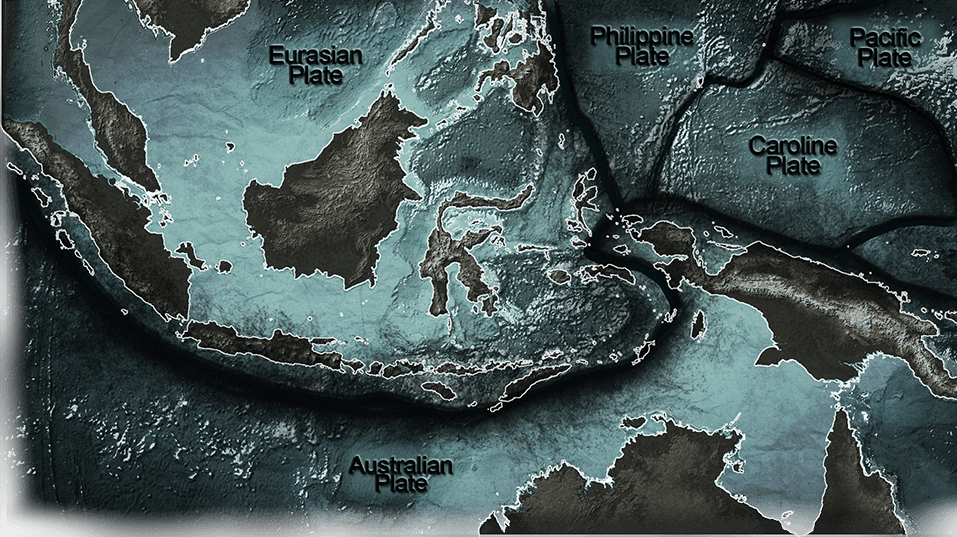
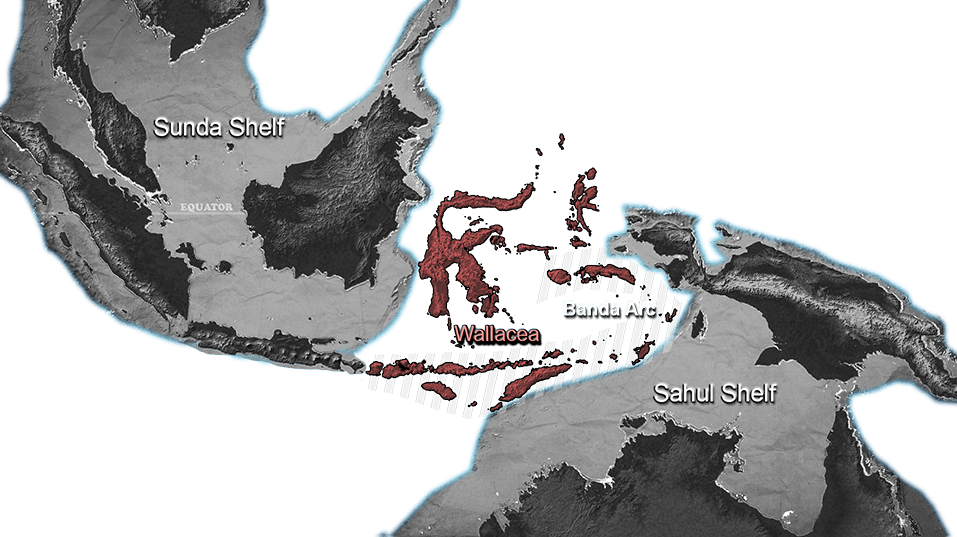

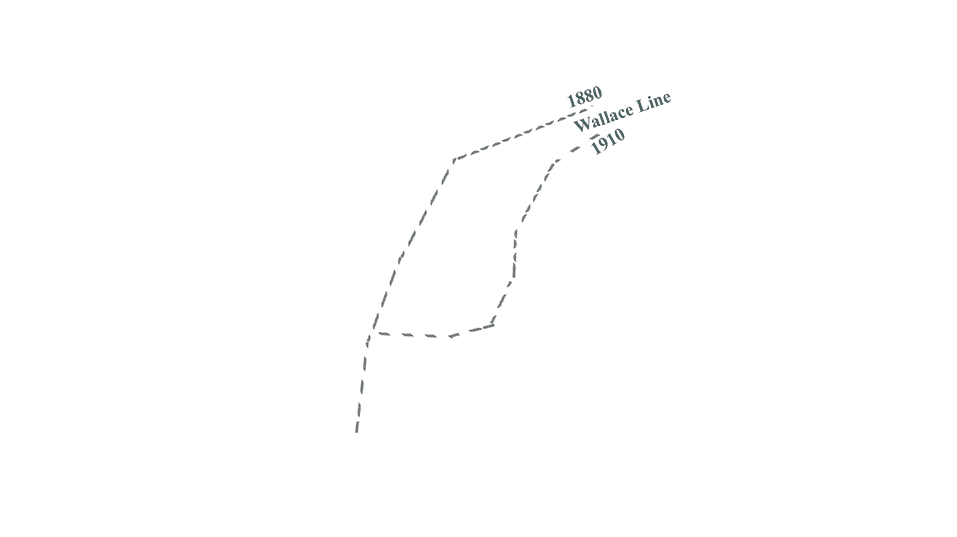
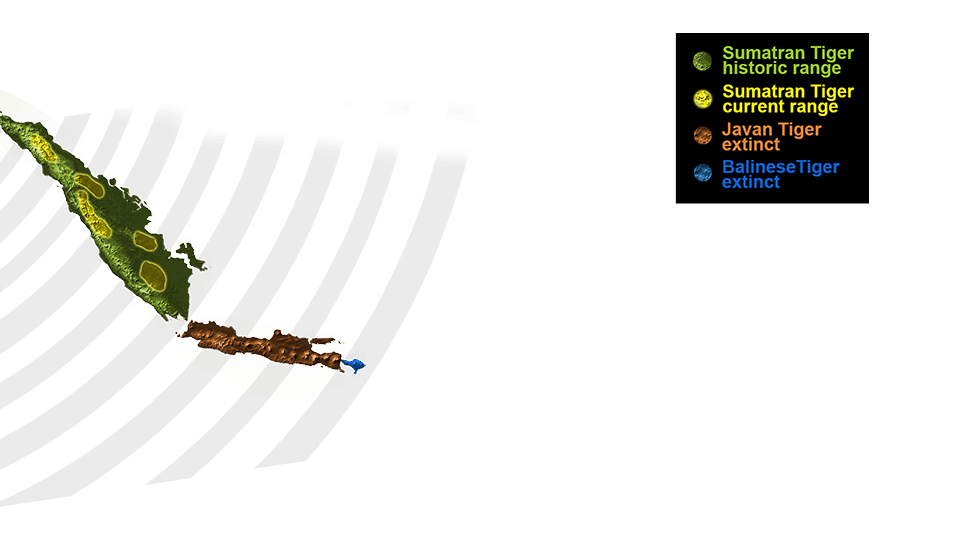
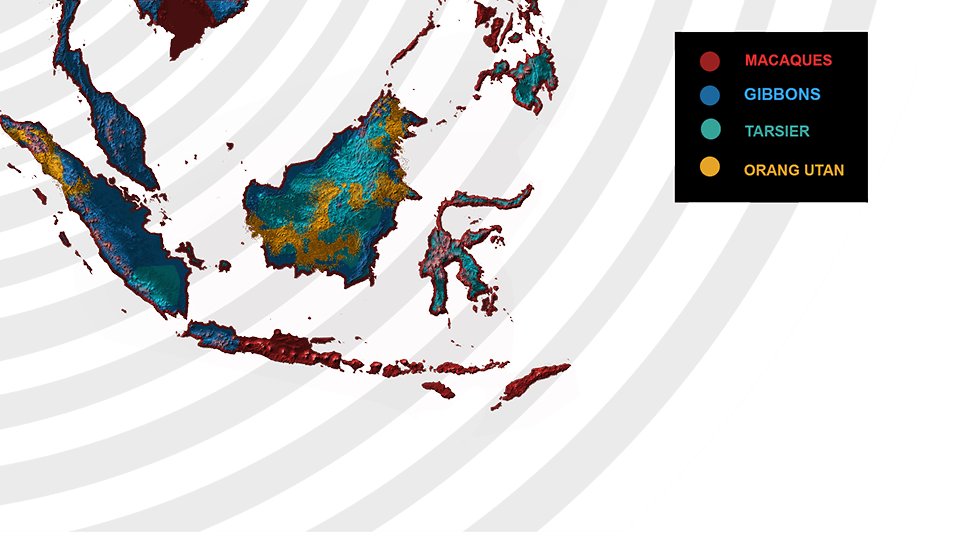
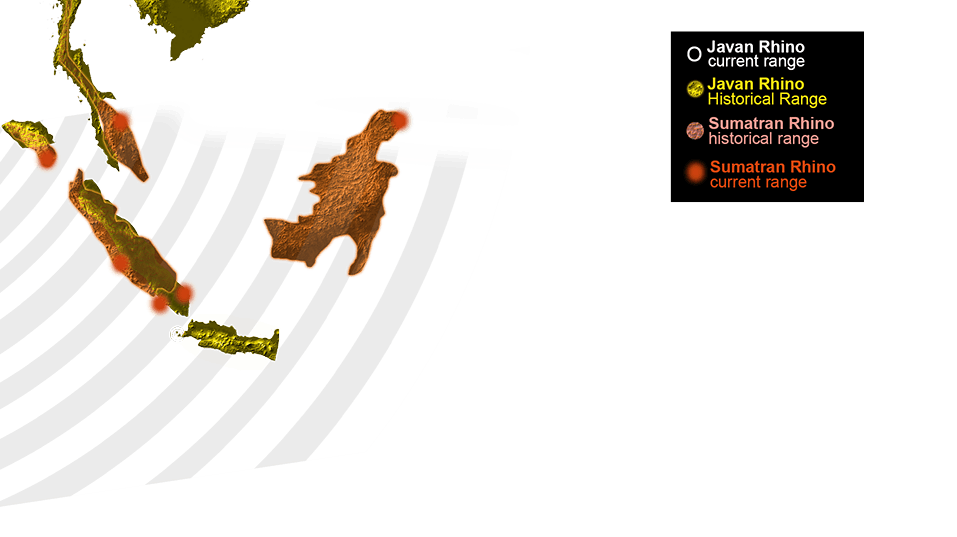



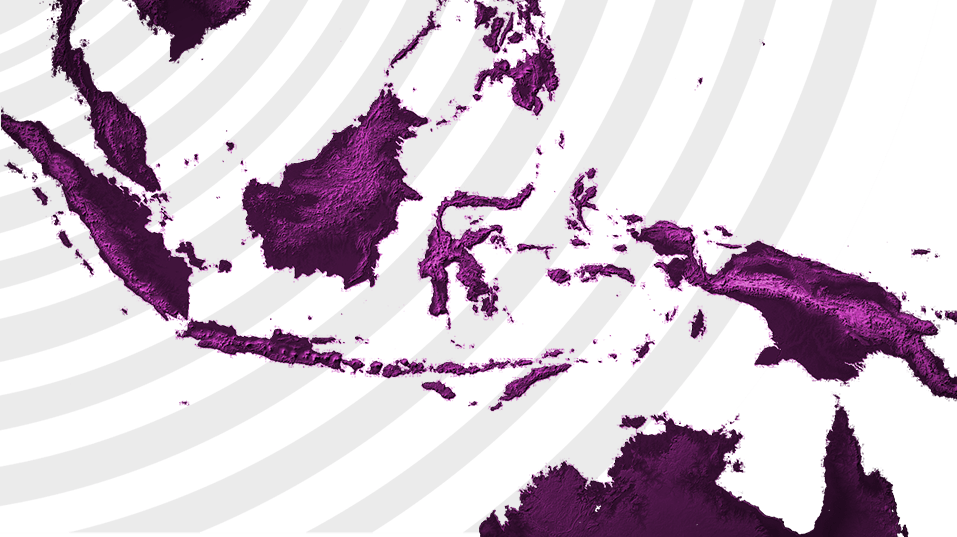
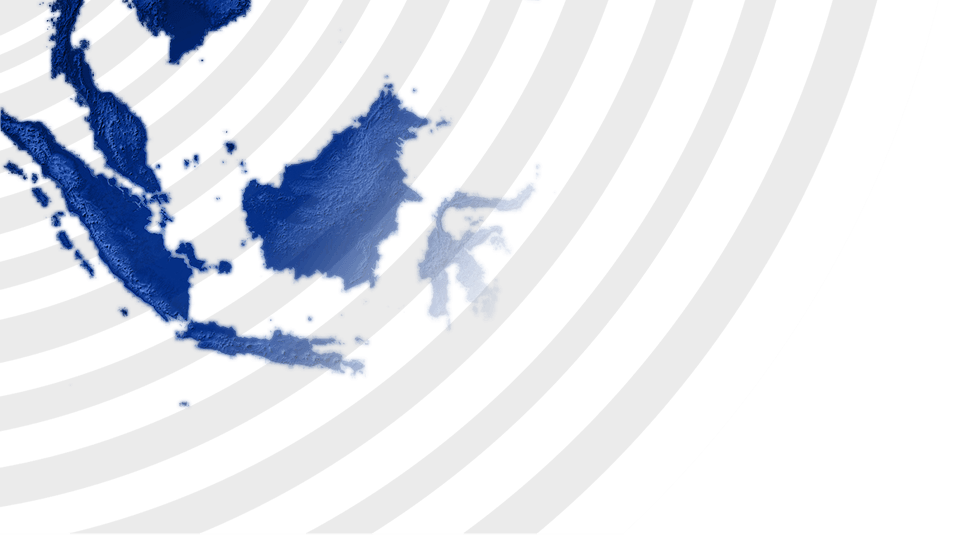



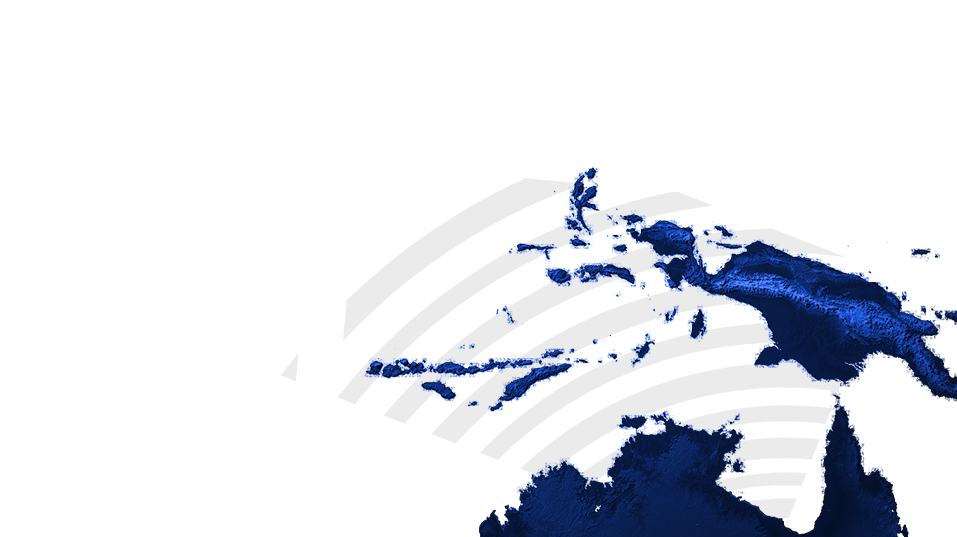
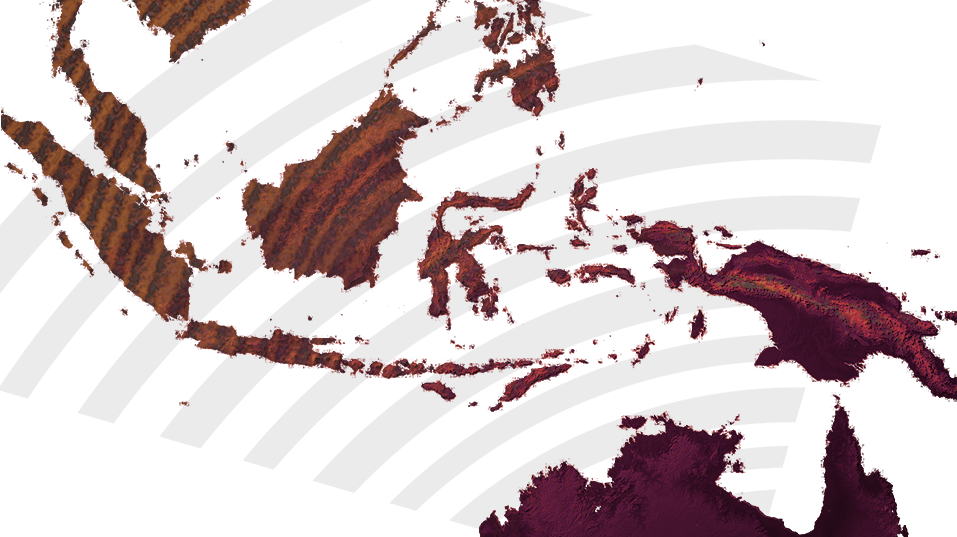
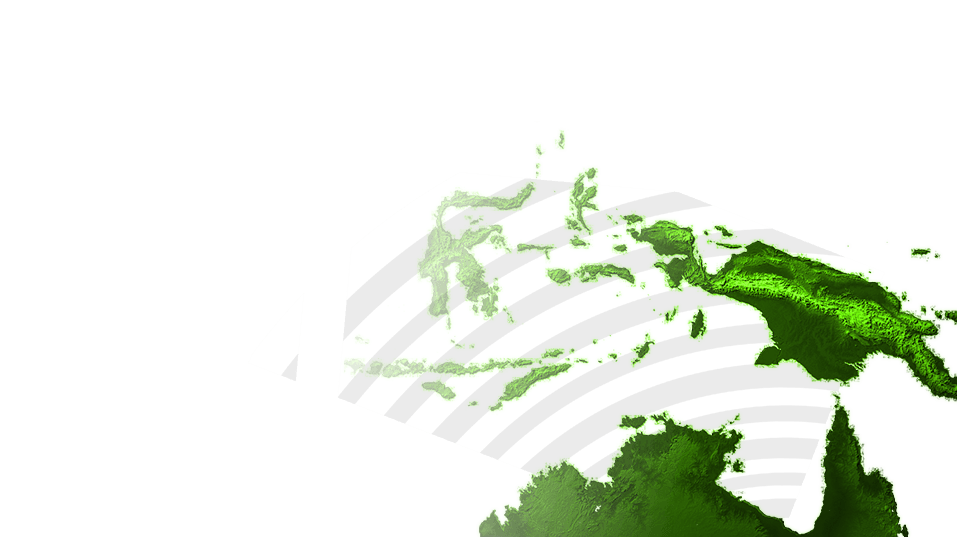
Tigers
Tigers were once much more widespread that they are now. They have been hunted and poisoned out of existence and habitat loss has also taken its toll.
It is said that there are more tigers in California than there are living in the wild. Several subspecies of tiger were distributed in the islands of the archipelago.
The Bali subspecies Panthera tigris balica is now extinct. There have been rare sightings the Javan subspecies Panthera tigris sondaca since the 1970s, but it is possibly also extinct. In Sumatra there are still some tigers in the wild.
Up until the 19th century some of the tigers were put to death in cruel ways. One way was the tiger-buffalo fight, in which the Central Javanese princes put a tiger and an Asian water buffalo Bubalus bubalis to fight against each other until the death. Usually the buffalo won.

Primates
The tropics of South-east Asia are well known for primates, which are members of the Primate order of mammals.
In Indonesia these include the macaques (genus Macaca), the nocturnal wide-eyed tarsier, the langurs, and gibbons (Hylobates).
The orang-utan (Indonesian 'orang hutan' literally 'forest man') is a great ape that naturally occurs in the forests of Sumatra and Borneo.
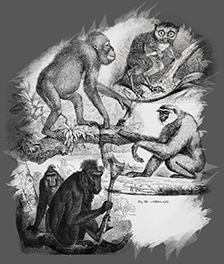
Rhinoceros
The single-horned Javan Rhino Rhinoceros sondaicus occurs only in western Java, although it was once more widely distributed in southern Asia.
It inhabits dense rainforest where there are mud wallows and water.
The two-horned Sumatra Rhinoceros Dicerorhinus sumatrensis is the smallest extant species.
It is now limited to small, scattered populations in Borneo and Sumatra.

Rodents and Bats
Fruit bats (megachiroptera), microbats and rodents occur in South-east Asia, New Guinea and Australia.
These groups are thought to be relatively recent arrivals (5 million years; recent in geological terms) to Australian shores.
They have radiated into various forms including many endemics. Despite popular belief, bats and rodents which are placental mammals (i.e. not marsupials), make up approximately 50% of the native mammal fauna of Australia.
This includes the hopping mice (Notomys spp.), native mice (Pseudomys spp.) and the rock rats (Zyzomys spp.).

Marsupials
The radiation of marsupial species in Australia includes many endemic genera and numerous species.
It includes such characteristic forms as the wombats, koala, bandicoots, bettongs and quolls, and the macropods (kangaroos, wallabies, rock-wallabies and allies).
Marsupials occupy a diverse range of habitats across Australia, occurring from the tropical north down to Tasmania.
The marsupials of New Guinea were derived from Australian immigrants, but a range of endemic species have evolved in tropical forest environments that favoured arboreal species.
Only a few species occur further afield in Wallacea, including two species of cuscus (a type of possum) on Sulawesi, the grey cuscus on Timor, and the Seram bandicoot.
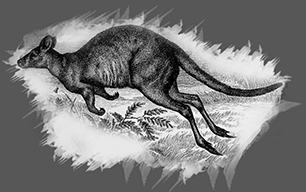
Goannas and Monitors
Goannas in Australia are considered to be an Asian tertiary element, meaning that this is a group that arrived from Asia at some point in the Tertiary period (probably 5 - 10 million years ago) as the Australian and Eurasian plates collided.
Overwater dispersal may have been possible on more than one occasion, and it seems that there may have been more than one entry of varanid into Australia.
An early immigration and establishment of goannas in Australia resulted in a rather extensive adaptive radiation, including a variety of desert-adapted forms such as the Perentie V. giganteus.
Endemics include several of the pygmy goannas (e.g. Varanus brevicauda and V. caudolineatus) and tree monitors (V. tristis and V. scalaris).
A second invasion is likely to have brought species such as the Mangrove Monitor Varanus indicus, which live in mangrove habitats along the north coast of Australia, New Guinea and Wallacea.
Asian varanid species include Varanus bengalensis of India and South-east Asia, V. salvator of Indonesia, and the rainforest inhabiting V. prasinus of New Guinea which reaches the Cape York Peninsula of northern Queensland.
The Komodo Dragon Varanus komodoensis is actually a species of goanna, and it is the largest lizard in the world. It is endemic to the island of Komodo, two other adjacent small islands, and the western end of Flores.
Shorebirds and Migrants
Shorebirds or waders (Charadriidae and Scolopacidae) are long-range migratory birds that travel from the northern hemisphere, spending their year in perpetual summer.
Birds breed in Siberia and then travel south through Asia and Indonesia (via the East Asian - Australasian Flyway), arriving on the north coast of Australia in September and October in time for the austral summer. Thus they can occur any-where where there is suitable foraging habitat of mudflats exposed at low tide.
Many seabirds, shorebirds, waterbirds and birds of prey (raptors) are able to disperse widely, and are thus distributed throughout the Oriental and Australasian zoogeographic realms.
The Dollerbird Eurystomus orientalis is the only species of roller (family Coraciidae) that reaches Australia; most species in this group are from Africa. The Dollerbird occurs in Indonesia and New Guinea, and arrives in Australia in summer where they breed. Other species that migrate to Australia from Wallacea and New Guinea include Rainbow Bee-eater Merops ornatus, Channel-billed Cuckoo Scythrops novaehollandiae and Spangled Drongo Dicrurus bracteatus.

Woodpeckers
The Woodpeckers (Picidae) are found worldwide and are diverse in Asia, but are absent from Australia.
The endemic treecreepers (Climacteridae) of Australia are an approximate ecological equivalent, also foraging on tree trunks and actively searching undr bark.
Thailand has 36 species of woodpeckers, Malaysia has 24 species, and 15 occur in Java, but none occur east of Sulawesi.
Other groups of Oriental birds that have not reached Australia include the trogons, barbets and bulbuls.

Hornbills
Hornbills (family Bucerotidae) are found in tropical Africa, India, and South-east Asia. Hornbills are large frugivorous birds with a huge bill, reminiscent of the South American toucans.
The wings in flight make a characteristic and loud 'whooshing' sound.
There are 13 species in Indonesia including three species in Java and the endemic Sumba Hornbill of the Lesser Sundas, however there are none in Timor.
A single species reaches New Guinea, Blyth's (Papuan) Hornbill Rhyticeros plicatus.
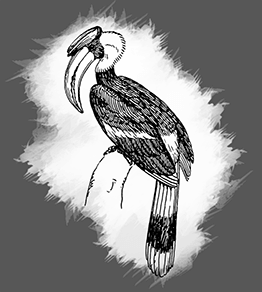
Kingfishers
Kingfishers are diverse throughout the Melanesian region, and it is a major centre of diversity for the group and possibly their site of origin.
Kingfishers were able to colonise oceanic islands and various subspecies and species are now recognised.
Kingfishers also occur in Australia and New Guinea where aberrant forms such as the kookaburras evolved.
The Tanysiptera group with their long tails are confined to the Moluccas, New Guinea and tropical northern Australia.
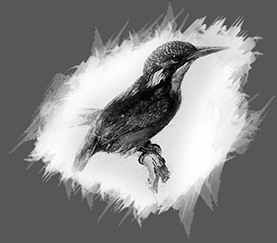
Pittas
Pittas are plump, colourful birds of the rainforest floor, foraging amongst the leaf litter for insects, snails and worms.
The centre of distribution is in southern Asia where there are many species, three species occur in New Guinea, and one in Timor.
There are three species in rainforests of northern Australia; two in north Queensland which are shared with New Guinea, and one in the Northern Territory and Kimberley.
The Rainbow Pitta Pitta iris can be seen in the monsoon forest at East Point, Darwin. The Blue-winged Pitta Pitta moluccensis is a vagrant to north-western Australia, having been recorded several times in the Kimberley.
Another vagrant from Asia is the Javan Pond Heron Ardeola speciosa, which arrived in the Darwin area in 2007 following Severe Tropical Cyclone George.
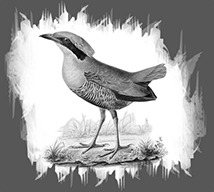
Megapodes
The mound-nesting megapodes comprise 22 species including the brush-turkeys, malleefowl (Leipoa ocellata), scrub fowl (Megapodius spp.), the Talegalla of New Guinea and the Maleo (Macrocephalon) of Sulawesi.
There are three species in Australia and the group has spread north as far as the Philippines. These incubator birds use the heat of decomposing vegetation in mounds that they construct to incubate their eggs.
Some species use heat from geothermal sources.
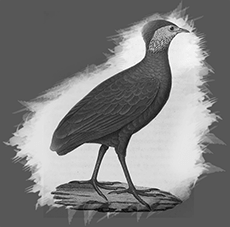
Parrots
The parrots (order Psittaciformes) are a southern or Gondwanan group, with numerous species in Australia, New Guinea, South America and southern Africa, and three extant species in New Zealand.
Parrots in Indonesia occur mostly in the east although the hanging parrots (Loriculus spp.) have representatives in Sulawesi, Java and the Philippines.
There are a number of endemic species in the Moluccas and the Bismarck Archipelago, but only two species in Java. In Australia there are a variety of cockatoos, lorikeets and long-tailed parrots.
These include species such as the Galah, the large Black Cockatoos, the Cockatiel, the Budgerigar, and the enigmatic Night Parrot.

Honeyeaters
Honeyeaters are just one example of a group of endemic passerine (perching) birds that have evolved into a variety of forms in Australia, having been derived from Gondwanan ancestors.
Other examples are the families Climacteridae (treecreepers), Maluridae (fairy-wrens, emu-wrens & grasswrens), Acanthizidae (thornbills, gerygones & scrubwrens) and Corvidae (crows and allies).
Molecular evidence is further substantiating the hypothesis that a major clade of birds, the Corvida, evolved in Australia and spread from there to other parts of the world.
This is in contrast to the classical interpretation which was that birds had colonised Australia from the north and then radiated.

The Malay Archipelago
The island nation of Indonesia is a republic formed when the peoples of the Dutch East Indies obtained independence in 1950.
Its territories straddle the equator, stretching over 4 000 kilometres from Sumatra in the west to the island of Aru lying off New Guinea in the east. It embraces the large islands of Sumatra, Java and Sulawesi, the major portion of Borneo (Kalimantan), and the western half of New Guinea (West Papua or Irian Jaya).
There are also hundreds of islands in the Lesser Sundas (or Nusa Tenggara) and the Moluccas.
Wallace described this part of the world as follows;
' If we look at a globe or a map of the Eastern hemisphere, we shall perceive between Asia and Australia a number of large and small islands, forming a connected group distinct from those great masses of land, and having little connexion with either of them.
Situated upon the Equator, and bathed by the tepid water of the great tropical oceans, this region enjoys a climate more uniformly hot and moist than almost any other part of the globe, and teems with natural productions which are elsewhere unknown.'
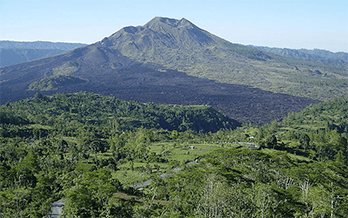
island of Bali, Indonesia.
Source: Wikimedia commons. User: Jnpet
The Wallace Line
The Wallace Line runs between Bali and Lombok, curves up between Borneo and Sulawesi (through the Makassar Strait), and then separates the Philippines from the islands that lie to the north-west of New Guinea. Separating the fauna of the Oriental realm from that of Australia and New Guinea, the Lombok Strait between Bali and Lombok is only 25 kilometres wide.
There continues to be controversy over the placement of the line, and it may be more fruitful to view the region of Wallacea as a gradient of species from east to west, with varying affinity to the Oriental or Australasian faunas. The line between Bali and Lombok marks the end of a continental avifauna and the beginning of an oceanic or island one. There is a gradual reduction in the number of Oriental species from west to east.
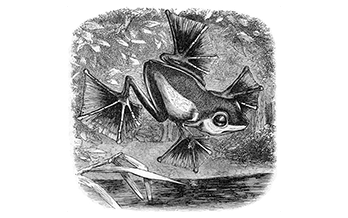
from Alfred Russel Wallace's book The Malay Archipelago.
Source: Wikimedia commons.
Continental Shelves, Wallacea & Banda Arc
The Sunda Shelf is a continental shelf that incorporates Borneo, Java and Sumatra, and is joined to peninsular Malaysia and the mainland nations of Vietnam and Thailand. Bali is joined to the shelf but Lombok is separated from the shelf by the comparatively deep Lombok Strait.
The Sahul Shelf in the east joins Australia and New Guinea (see map). Between the Sahul Shelf and the Sunda Shelf is a constellation of islands and seas known as Wallacea. The term Malesia is applied to the province stretching from Sumatra and the Malay Peninsula across Indonesia to New Guinea and the Bismarck Archipelago. The Banda Arc is a geological term for the double arc of islands from Flores east and curving up to Ceram (see map). The Inner Banda Arc includes Flores, Alor, Wetar, Damar and Banda, whereas the Outer Banda Arc is composed of Roti, Timor, Tanimbar, the Kai islands, Ceram and Buru. The Aru islands and Halmahera are linked to mainland New Guinea.

in The Malay Archipelago by Alfred Russel Wallace.
- MAMMALS
- ORIENTAL MAMMALS
- - Tigers
- - primates
- - Rhino
- - Rodents/Bats
- AUSTRALIASIAN MAMMALS
- - Marsupials
- REPTILES
- - Goannas/Monitors
- BIRDS
- - Shorebirds & Migrants
- ORIENTAL BIRDS
- - Woodpeckers
- - Hornbills
- - Kingfishers
- - Pittas
- AUSTRALIASIAN BIRDS
- - Megapodes
- - Parrots
- - Honeyeaters